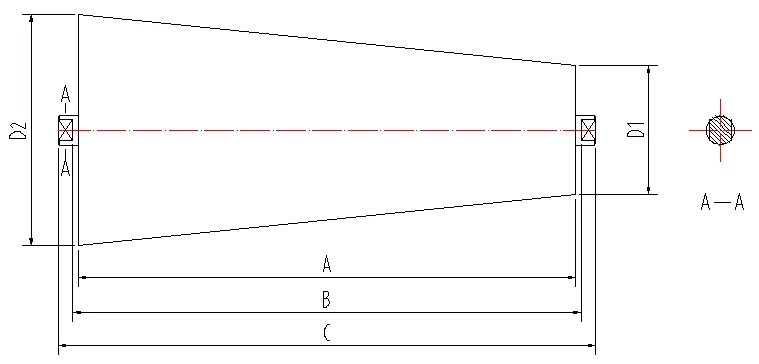 Afrikaans
Afrikaans  Albanian
Albanian  Amharic
Amharic  Arabic
Arabic  Armenian
Armenian  Azerbaijani
Azerbaijani  Basque
Basque  Belarusian
Belarusian  Bengali
Bengali  Bosnian
Bosnian  Bulgarian
Bulgarian  Catalan
Catalan  Cebuano
Cebuano  Corsican
Corsican  Croatian
Croatian  Czech
Czech  Danish
Danish  Dutch
Dutch  English
English  Esperanto
Esperanto  Estonian
Estonian  Finnish
Finnish  French
French  Frisian
Frisian  Galician
Galician  Georgian
Georgian  German
German  Greek
Greek  Gujarati
Gujarati  Haitian Creole
Haitian Creole  hausa
hausa  hawaiian
hawaiian  Hebrew
Hebrew  Hindi
Hindi  Miao
Miao  Hungarian
Hungarian  Icelandic
Icelandic  igbo
igbo  Indonesian
Indonesian  irish
irish  Italian
Italian  Japanese
Japanese  Javanese
Javanese  Kannada
Kannada  kazakh
kazakh  Khmer
Khmer  Rwandese
Rwandese  Korean
Korean  Kurdish
Kurdish  Kyrgyz
Kyrgyz  Lao
Lao  Latin
Latin  Latvian
Latvian  Lithuanian
Lithuanian  Luxembourgish
Luxembourgish  Macedonian
Macedonian  Malgashi
Malgashi  Malay
Malay  Malayalam
Malayalam  Maltese
Maltese  Maori
Maori  Marathi
Marathi  Mongolian
Mongolian  Myanmar
Myanmar  Nepali
Nepali  Norwegian
Norwegian  Norwegian
Norwegian  Occitan
Occitan  Pashto
Pashto  Persian
Persian  Polish
Polish  Portuguese
Portuguese  Punjabi
Punjabi  Romanian
Romanian  Russian
Russian  Samoan
Samoan  Scottish Gaelic
Scottish Gaelic  Serbian
Serbian  Sesotho
Sesotho  Shona
Shona  Sindhi
Sindhi  Sinhala
Sinhala  Slovak
Slovak  Slovenian
Slovenian  Somali
Somali  Spanish
Spanish  Sundanese
Sundanese  Swahili
Swahili  Swedish
Swedish  Tagalog
Tagalog  Tajik
Tajik  Tamil
Tamil  Tatar
Tatar  Telugu
Telugu  Thai
Thai  Turkish
Turkish  Turkmen
Turkmen  Ukrainian
Ukrainian  Urdu
Urdu  Uighur
Uighur  Uzbek
Uzbek  Vietnamese
Vietnamese  Welsh
Welsh  Bantu
Bantu  Yiddish
Yiddish  Yoruba
Yoruba  Zulu
Zulu v plow belt scraper
Understanding the Functionality and Importance of V Plow Belt Scrapers
In the realm of conveyor systems, efficient material handling is crucial for improving productivity and reducing operational costs. One critical component that plays a significant role in maintaining the effectiveness of conveyor belts is the V plow belt scraper. This device is essential for ensuring that the surface of the conveyor belt remains clean, which can significantly enhance the overall performance and longevity of the system.
What is a V Plow Belt Scraper?
A V plow belt scraper, also known simply as a plow scraper, is a mechanical component designed to remove material that accumulates on the surface of a conveyor belt during operation. The V shape refers to the design of the blade, which is typically angled to optimize the scraping action. Positioned at an appropriate angle, this scraper can effectively dislodge and remove sticky materials, debris, and other contaminants that may hinder the smooth operation of the conveyor system.
How Does It Work?
The V plow scraper operates by leveraging gravity and the movement of the conveyor belt itself. As the belt moves, the scraper’s blade engages with the surface, effectively pushing off any adhered materials. The design of the V plow allows for efficient removal of materials without causing excessive friction or wear on the belt. By maintaining a clean belt surface, the scraper helps prevent spillage, which can lead to operational inefficiencies and increased safety risks in the workplace.
Benefits of Using V Plow Belt Scrapers
1. Increased Efficiency By keeping the conveyor belt free of obstructions, the V plow scraper helps maintain the belt's operational efficiency. This leads to reduced downtime associated with manual cleaning, allowing for a smoother workflow.
v plow belt scraper

2. Enhanced Safety A clean conveyor belt minimizes the risk of slipping hazards caused by spilled materials. This contributes to a safer working environment for employees who interact with the conveyor systems.
3. Extended Equipment Life Regular use of a V plow belt scraper can prolong the life of the conveyor belt. By preventing the accumulation of debris, the scraper helps reduce wear and tear, thereby decreasing the frequency of replacements and repairs.
4. Cost-Effectiveness While there is a cost associated with acquiring and maintaining V plow belt scrapers, the long-term savings from reduced maintenance, fewer repairs, and increased efficiency can be substantial.
Installation and Maintenance
Installing a V plow belt scraper is a straightforward process, but it is essential to ensure that it is positioned correctly to achieve optimal performance. Installation typically involves mounting the scraper on a framework adjacent to the conveyor system, adjusting it to the appropriate angle, and ensuring it is securely fastened to prevent any movement during operation.
Routine maintenance is also critical for ensuring the longevity and effectiveness of the scraper. Regular inspections should be conducted to check for wear and tear on the blades, as well as to ensure that the scraper remains aligned with the conveyor belt. Replacing worn blades promptly is necessary to maintain effective scraping action.
Conclusion
In conclusion, V plow belt scrapers are an indispensable part of many conveyor systems across various industries. They play a vital role in keeping conveyor belts clean, thereby enhancing efficiency, safety, and the lifespan of the equipment. As organizations seek to optimize their operations and minimize costs, investing in high-quality belt scrapers can yield significant returns. Ensuring proper installation and maintenance of these devices will not only improve material handling processes but also provide a safer and more productive work environment. As we continue to innovate and enhance industrial practices, the significance of these simple yet effective tools cannot be overstated.
-
Trusted Conveyor Solutions from Leading Conveyor Idler Roller ManufacturersNewsJun.27,2025
-
Reliable Return Idler Solutions for Efficient Belt Conveyor SystemsNewsJun.27,2025
-
Precision Conveyor Accessories for Streamlined Material HandlingNewsJun.27,2025
-
High-Quality Belt Conveyor Idler Solutions for Efficient Material HandlingNewsJun.27,2025
-
High-Performance Belt Conveyor Pulleys for Reliable Material HandlingNewsJun.27,2025
-
Enhancing Material Handling EfficiencyNewsJun.27,2025





























